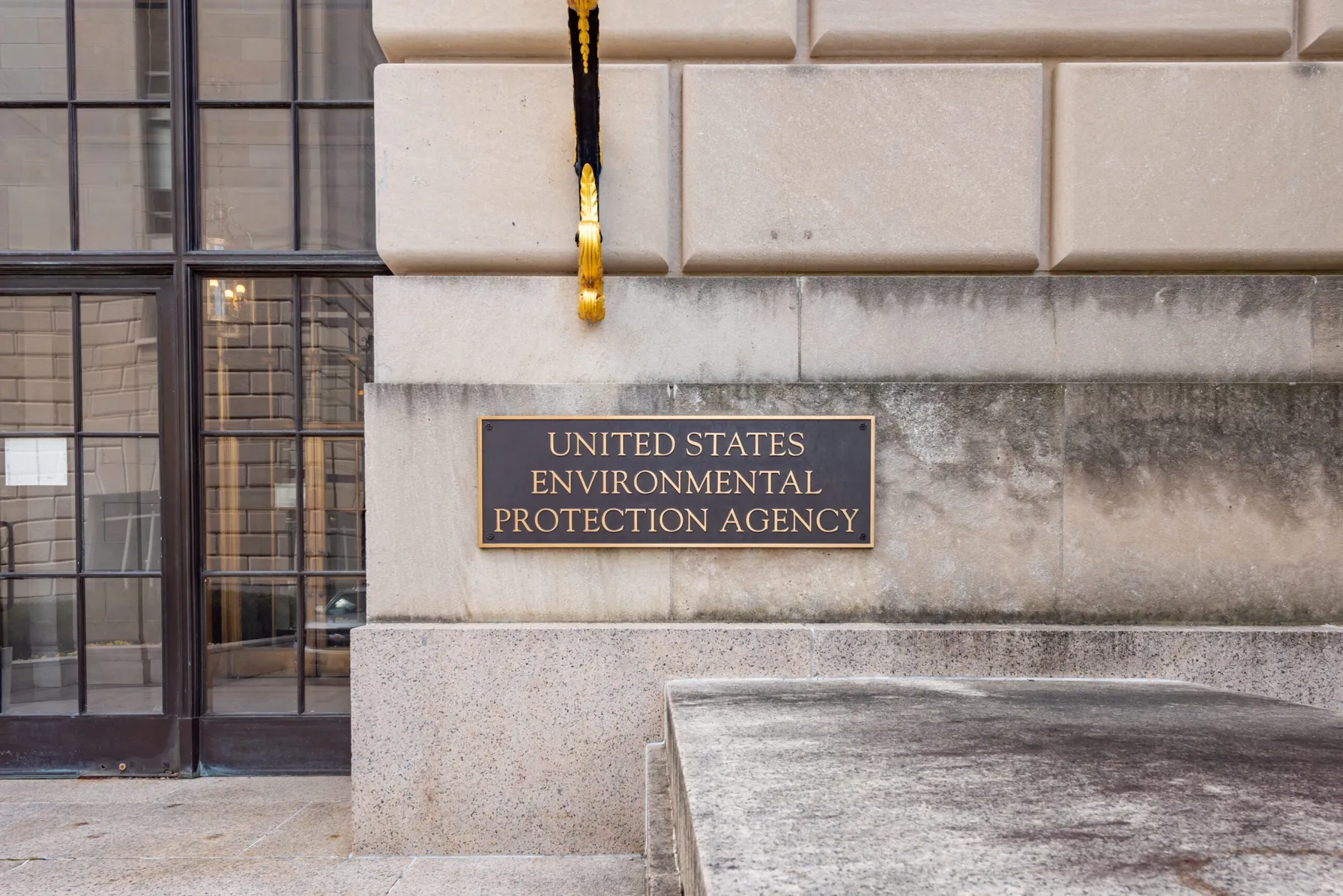What Does This Mean for Environmental Due Diligence?
The U.S. Environmental Protection Agency (EPA) has revised 40 CFR Part 302 and designated two of the most widely used per- and polyfluoroalkyl substances (PFAS) – perfluorooctanoic acid (PFOA) and perfluorooctanesulfonic acid (PFOS), including their salts and structural isomers – as hazardous substances under the Comprehensive Environmental Response, Compensation and Liability Act (CERCLA). The Final Rule was published on May 8, 2024 in the Federal Register and goes into effect on July 8, 2024.
When this rule goes into effect, PFOA and PFOS must be evaluated when performing a Phase I Environmental Site Assessment (ESA) as part of environmental due diligence under both ASTM International Practice E1527 Standard Practice for Environmental Site Assessments: Phase I Environmental Site Assessment Process and E2247 Standard Practice for Environmental Site Assessments: Phase I Environmental Site Assessment Process for Forestland or Rural Property in order to meet the requirements of EPA’s All Appropriate Inquiries rule.
Recognized Environmental Condition or Business Environmental Risk?
The presence or likely presence of PFOA or PFOS due to a release, likely release, or material threat of a future release to the environment now meets the ASTM definition of a recognized environmental condition (REC). When performing a Phase I ESA, the history, operations and activities of the subject property and surrounding area will require evaluation to determine whether a release, likely release or material threat of a future release of PFOA or PFOS present a REC to the subject property.
Other PFAS that are not designated as CERCLA hazardous substances and therefore do not meet the ASTM definition of a REC may still be evaluated as part of the Phase I ESA process. Considerations may also need to be made regarding the potential presence of other PFAS which can transform into the CERCLA hazardous substances, PFOA and PFOS, when identifying and opining on findings in the Phase I ESA. In situations where undesignated PFAS are considered hazardous substances under applicable state laws (e.g., Michigan, New Jersey, etc.), or where the User of the Phase I ESA directs the Environmental Professional to do so, undesignated PFAS may be evaluated as a “non-scope consideration.” An evaluation of other PFAS may result in the identification of a Business Environmental Risk (BER), as they may have a material environmental or environmentally driven impact on the proposed transaction, including that they may be considered a REC in the future as PFAS regulations continue to evolve.
Additional actions beyond the scope of the Phase I ESA (review of safety data sheets [SDSs], Phase II investigation, etc.) may be warranted to evaluate the release of PFOA, PFOS and other PFAS to the environment.

Next Steps: TRC Can Help
TRC’s due diligence and PFAS experts are ready to assist with your projects and navigate this new environment. Our experience in managing PFAS liabilities across multiple industries through investigation, remediation, compliance and forensics allows TRC to successfully navigate this novel landscape. If you have any questions or would like more information, please contact Mike Kurinsky (mkurinsky@trccompanies.com), Alison Beckett at (abeckett@trccompanies.com) or Mike Ursin (mursin@trccompanies.com).





